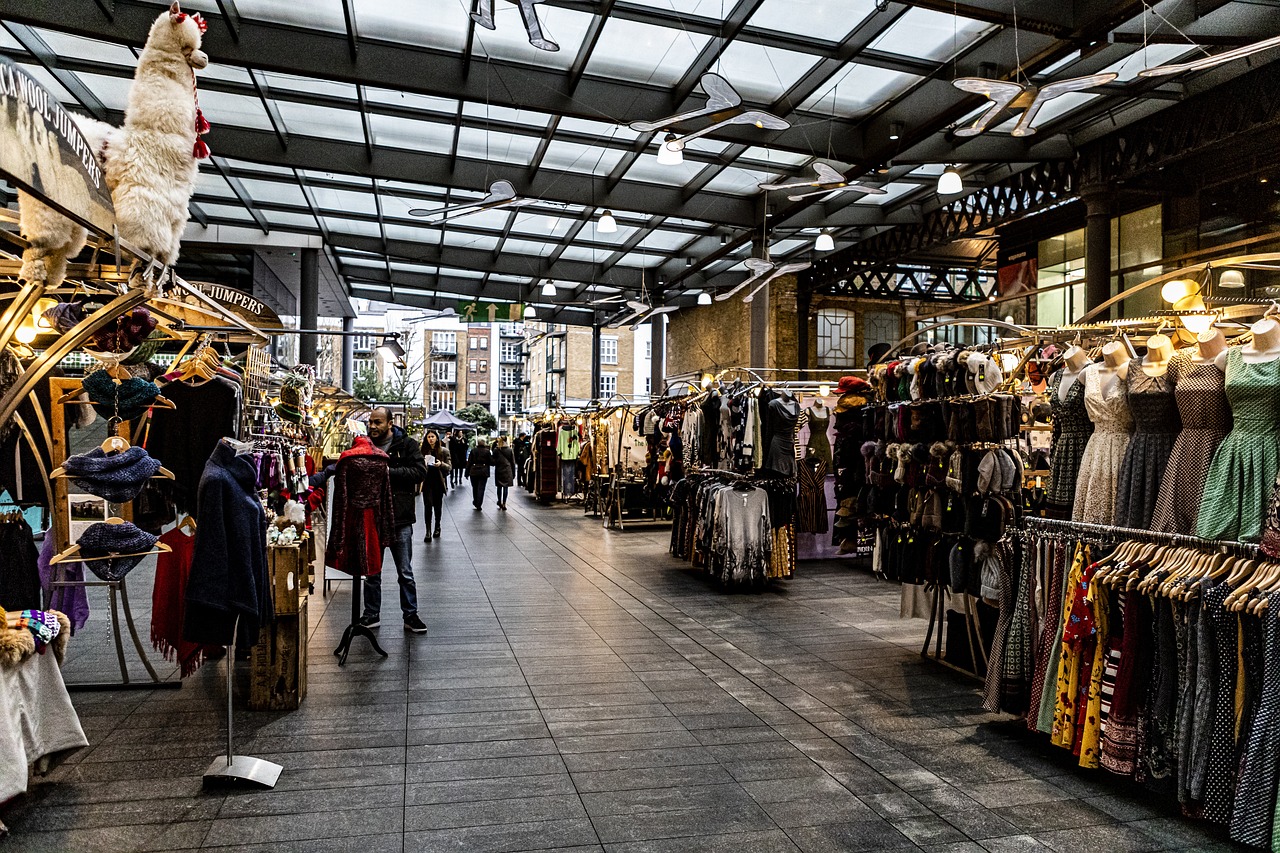The Impact of Augmented Reality Fitting Rooms on Retail Sales
As technology continues to advance and evolve, the retail industry is constantly looking for ways to enhance the shopping experience for consumers. One of the latest innovations that has been gaining traction in the world of retail is augmented reality fitting rooms. These high-tech fitting rooms use augmented reality technology to allow shoppers to virtually try on clothing items before making a purchase. In this article, we will explore the impact of augmented reality fitting rooms on retail sales and how they are changing the way consumers shop.
What is Augmented Reality Fitting Rooms?
Augmented reality fitting rooms are virtual fitting rooms that use AR technology to superimpose images of clothing items onto a shopper’s body in real-time. This allows consumers to see how different clothing items will look on them without actually having to physically try them on. By simply standing in front of a digital screen, shoppers can browse through a virtual catalog of clothing items and see how they fit and look on their body.
How Do Augmented Reality Fitting Rooms Work?
Augmented reality fitting rooms work by using a combination of cameras and sensors to capture the shopper’s body measurements and dimensions. This data is then used to create a 3D model of the shopper, which is superimposed with images of clothing items in real-time. The shopper can then see how different clothing items fit and look on their virtual body, allowing them to make more informed purchasing decisions.
The Benefits of Augmented Reality Fitting Rooms
There are several benefits of augmented reality fitting rooms for both retailers and consumers. For retailers, AR fitting rooms can help increase sales by providing a more engaging and interactive shopping experience. By allowing shoppers to virtually try on clothing items, retailers can increase conversion rates and reduce returns due to ill-fitting clothes. Additionally, AR fitting rooms can help retailers gather valuable data on shopper preferences and behaviors, which can be used to improve future marketing and product offerings.
For consumers, augmented reality fitting rooms offer a more convenient and personalized shopping experience. Shoppers can try on clothing items without having to physically change in and out of different outfits, saving time and effort. Additionally, AR fitting rooms allow shoppers to see how different clothing items will look on their body before making a purchase, helping them make more confident and informed decisions.
The impact of augmented reality fitting rooms on retail sales has been significant. Studies have shown that AR fitting rooms can increase conversion rates by up to 65% and reduce returns by 40%. By providing a more engaging and interactive shopping experience, AR fitting rooms can help increase customer satisfaction and loyalty, leading to higher sales and repeat business.
Additionally, AR fitting rooms can help retailers differentiate themselves from their competitors and create a unique selling proposition. By offering a cutting-edge and innovative shopping experience, retailers can attract more customers and establish themselves as leaders in the industry. This can ultimately lead to increased brand awareness and market share for retailers who implement AR fitting rooms in their stores.
Challenges and Limitations of Augmented Reality Fitting Rooms
While augmented reality fitting rooms offer many benefits, there are also challenges and limitations that retailers need to consider. One of the biggest challenges is the cost of implementing AR fitting rooms, which can be expensive and require significant investment in technology and infrastructure. Additionally, not all consumers may be comfortable with using AR technology or may prefer to physically try on clothing items in-store.
Another limitation of AR fitting rooms is the potential for technical glitches and errors. If the AR technology is not calibrated correctly or if there are issues with the software, it can lead to inaccuracies in the virtual fitting experience, which can result in dissatisfied customers and lost sales. Retailers need to ensure that their AR fitting rooms are properly maintained and updated to provide a seamless and reliable shopping experience for consumers.
Future Trends and Developments in Augmented Reality Fitting Rooms
Despite the challenges and limitations, augmented reality fitting rooms have a bright future in the retail industry. As technology continues to advance, we can expect to see more innovations and developments in AR fitting room technology. This includes improvements in accuracy and realism, as well as integration with other retail technologies such as virtual reality and artificial intelligence.
One of the key trends in AR fitting rooms is the use of personalized recommendations and styling suggestions based on shopper preferences and data. By analyzing shopper behaviors and interactions with the AR fitting room, retailers can offer personalized styling advice and product recommendations that are tailored to each individual customer. This can help increase sales and customer satisfaction, as well as create a more engaging and personalized shopping experience.
Conclusion
Augmented reality fitting rooms are revolutionizing the way consumers shop for clothing items. By providing a more interactive and personalized shopping experience, AR fitting rooms are changing the way consumers make purchasing decisions and interact with retailers. The impact of AR fitting rooms on retail sales has been significant, with studies showing increased conversion rates and reduced returns for retailers who implement this technology in their stores.
While there are challenges and limitations to consider, the future of augmented reality fitting rooms looks promising. As technology continues to evolve, we can expect to see more innovations and developments in AR fitting room technology that will further enhance the shopping experience for consumers and retailers alike.
FAQs
1. How do augmented reality fitting rooms benefit retailers?
Augmented reality fitting rooms can benefit retailers by increasing sales, reducing returns, and providing valuable data on shopper preferences.
2. What are the limitations of augmented reality fitting rooms?
Limitations of AR fitting rooms include high implementation costs, potential technical glitches, and consumer preferences for physical try-ons.
3. What are the future trends in augmented reality fitting rooms?
Future trends in AR fitting rooms include personalized recommendations, integration with other retail technologies, and advancements in accuracy and realism.







